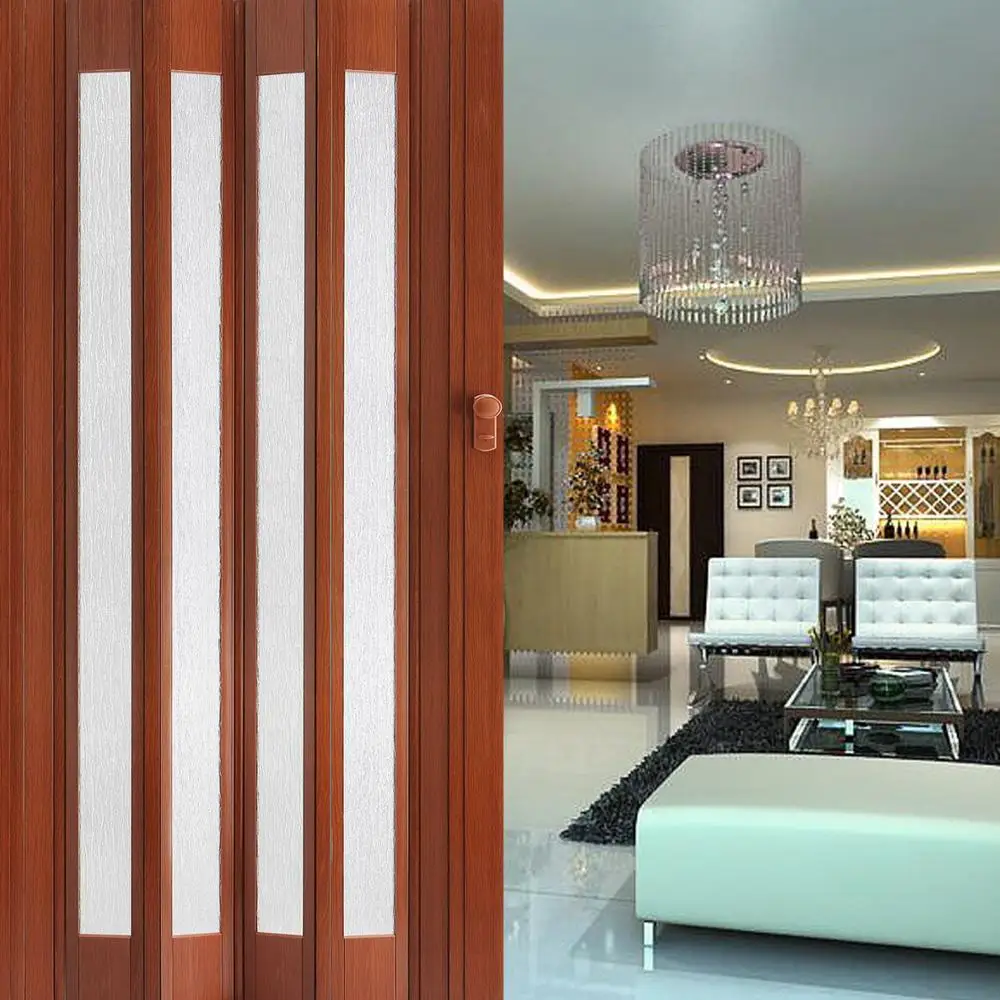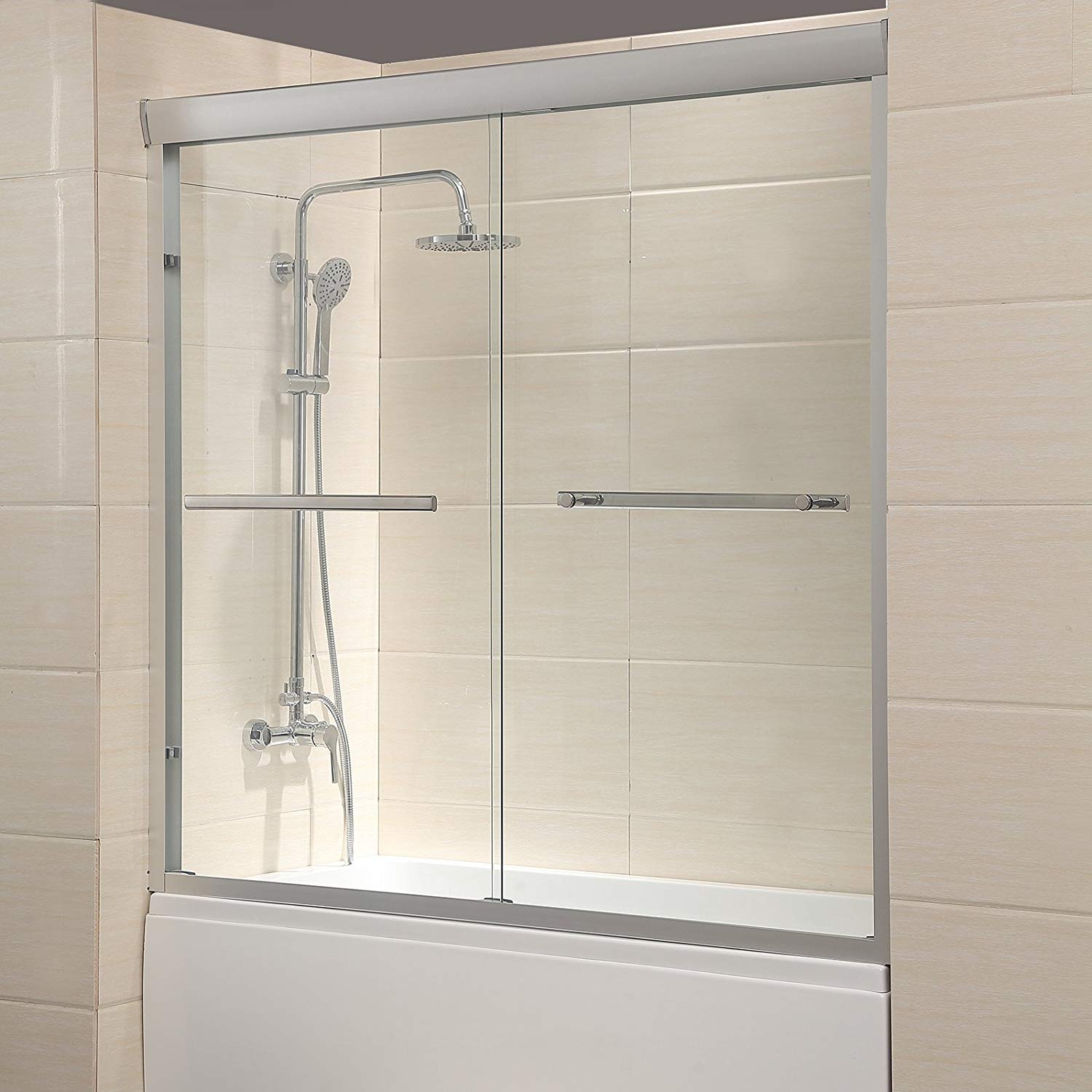Types of Bathroom Doors

Choosing the right bathroom door can significantly impact the functionality, aesthetics, and overall feel of your space. From classic hinged doors to space-saving sliding options, there’s a variety of styles and materials to suit any taste and budget.
Types of Bathroom Doors
A bathroom door serves multiple purposes, including providing privacy, preventing moisture from escaping, and enhancing the overall design of the bathroom. The type of door you choose will depend on factors such as the size of your bathroom, your personal style, and your budget. Here’s a breakdown of the most common types of bathroom doors:
- Hinged Doors: Hinged doors are the most traditional and widely used type of bathroom door. They swing open on hinges and are typically made of wood, glass, or metal. They offer a classic look and are relatively affordable.
- Sliding Doors: Sliding doors are a great option for smaller bathrooms or spaces where you want to maximize floor space. They slide along a track, typically mounted to the wall or ceiling. Sliding doors are often made of glass, which can create a sense of openness and light.
- Pocket Doors: Pocket doors are a space-saving option that slides into a pocket within the wall. They are typically made of wood or glass and are a great choice for bathrooms with limited space. Pocket doors can be a more expensive option, as they require a specific wall structure to accommodate the pocket.
- Bifold Doors: Bifold doors are made of two panels that fold in half, allowing them to open in a compact space. They are often made of wood, glass, or a combination of both. Bifold doors are a good choice for bathrooms with limited space, as they require less swing room than hinged doors.
Comparison of Bathroom Door Types
Here is a table comparing the pros and cons of each type of bathroom door:
| Type | Functionality | Space Efficiency | Privacy | Aesthetics |
|---|---|---|---|---|
| Hinged | Easy to install and operate | Requires swing room | Good | Classic and versatile |
| Sliding | Space-saving | Maximizes floor space | Good | Modern and sleek |
| Space-saving | Requires specific wall structure | Good | Modern and sleek | |
| Bifold | Space-saving | Requires less swing room than hinged doors | Good | Versatile and affordable |
Examples of Bathroom Door Styles and Materials
Here are some examples of different door styles and materials for each type of bathroom door:
- Hinged Doors:
- Wood: Solid wood doors offer a classic and timeless look. They can be stained or painted to match your bathroom décor. Examples include oak, maple, cherry, and mahogany.
- Glass: Glass doors can create a sense of openness and light in your bathroom. They can be frosted or etched for privacy. Examples include clear glass, frosted glass, and textured glass.
- Metal: Metal doors offer a modern and industrial look. They can be made of steel, aluminum, or iron.
- Sliding Doors:
- Glass: Glass sliding doors are a popular choice for bathrooms, as they create a sense of openness and light. They can be frosted or etched for privacy. Examples include clear glass, frosted glass, and textured glass.
- Wood: Wood sliding doors can be stained or painted to match your bathroom décor. They offer a classic and elegant look. Examples include oak, maple, cherry, and mahogany.
- Pocket Doors:
- Wood: Wood pocket doors offer a classic and elegant look. They can be stained or painted to match your bathroom décor. Examples include oak, maple, cherry, and mahogany.
- Glass: Glass pocket doors create a sense of openness and light in your bathroom. They can be frosted or etched for privacy. Examples include clear glass, frosted glass, and textured glass.
- Bifold Doors:
- Wood: Wood bifold doors offer a classic and versatile look. They can be stained or painted to match your bathroom décor. Examples include oak, maple, cherry, and mahogany.
- Glass: Glass bifold doors create a sense of openness and light in your bathroom. They can be frosted or etched for privacy. Examples include clear glass, frosted glass, and textured glass.
Factors to Consider When Choosing a Bathroom Door: Which Door Is Suitable For Bathroom

Choosing the right bathroom door is crucial for both functionality and aesthetics. It’s more than just a barrier; it sets the tone for your bathroom’s style and creates a sense of privacy. To make the best decision, consider several factors that influence your choice.
Space
The size of your bathroom and the available doorway space are key considerations. A door that’s too large will feel overwhelming and may not fit properly. Conversely, a door that’s too small can feel cramped and restrict movement.
- Measure the doorway width and height accurately to ensure the door fits snugly.
- Consider the space around the door, especially if you have limited floor area. A sliding door or a pocket door can be a space-saving option.
- Factor in the swing direction of the door, ensuring it doesn’t obstruct any fixtures or furniture.
Privacy
The level of privacy you desire is crucial. A bathroom door is more than just an entrance; it’s a barrier to the outside world, offering a sanctuary for personal moments.
- Solid core doors provide the highest level of privacy, as they are more soundproof than hollow core doors.
- Consider the glass panels. Frosted glass offers privacy while still allowing light to pass through, while clear glass provides a more open feel but compromises privacy.
- For added privacy, you can install a lock on your bathroom door. This is especially important if you have children or share your bathroom with others.
Aesthetics
Your bathroom door should complement the overall design and style of your bathroom. It’s a chance to express your personal taste and create a cohesive look.
- Choose a door style that matches the existing fixtures and finishes in your bathroom. A traditional bathroom might suit a solid wood door, while a modern bathroom could benefit from a sleek, minimalist design.
- Consider the door color. A light-colored door can brighten up a small bathroom, while a darker door can add a touch of sophistication.
- Think about the hardware. Knobs, handles, and hinges should complement the door style and overall bathroom design.
Budget
The cost of the door and installation can vary widely depending on the materials, style, and size. It’s essential to set a budget before you start shopping.
| Door Type | Cost (Approximate) |
|---|---|
| Solid wood door | $200 – $500+ |
| Hollow core door | $50 – $150 |
| Glass door | $150 – $500+ |
| Sliding door | $200 – $500+ |
| Pocket door | $300 – $800+ |
- Consider the cost of installation, which can range from $100 to $300 depending on the complexity of the job.
- Shop around for the best deals, comparing prices from different retailers and manufacturers.
- Don’t forget to factor in the cost of any additional hardware or accessories, such as door knobs, hinges, and trim.
Maintenance, Which door is suitable for bathroom
Choosing a door that’s easy to clean and maintain is important, especially in a high-traffic area like a bathroom.
- Consider the material of the door. Wood doors require regular sanding and refinishing, while fiberglass or composite doors are more resistant to moisture and stains.
- Choose a door with a smooth surface that is easy to wipe clean. Avoid doors with intricate carvings or moldings, which can be difficult to clean.
- Look for doors with a water-resistant finish, which will help protect the door from moisture damage.
Specific Door Features for Bathrooms

Bathrooms are unique spaces that require special consideration when choosing a door. Beyond aesthetics, the door must withstand the humid environment and offer privacy and sound insulation. This section delves into specific door features that enhance functionality and create a comfortable bathroom experience.
Moisture-Resistant Materials and Finishes
The bathroom’s high humidity and frequent exposure to water necessitate the use of moisture-resistant materials and finishes for the door. This prevents warping, rotting, and mold growth, ensuring the door’s longevity and appearance.
- Solid Core Doors: These doors are constructed with a solid core, often made of wood or foam, offering superior moisture resistance compared to hollow core doors. They are also denser, providing better sound insulation.
- Engineered Wood Doors: Engineered wood, like plywood or MDF, is a popular choice for bathroom doors due to its stability and moisture resistance. It is treated with moisture-resistant coatings to further enhance its durability.
- Water-Resistant Finishes: A protective finish is crucial for bathroom doors. Paints, stains, and varnishes with water-resistant properties create a barrier against moisture and prevent damage. Options like polyurethane and epoxy coatings offer excellent protection.
Door Hardware for Bathroom Functionality and Aesthetics
Door hardware plays a significant role in both the functionality and aesthetics of a bathroom door. The choice of handles, knobs, and hinges impacts the door’s ease of use and overall design.
- Handles and Knobs: Consider the ergonomics and style of handles and knobs. Lever handles are often preferred for their ease of use, especially for people with limited mobility. Traditional knobs provide a classic look and are suitable for a wide range of bathroom styles.
- Hinges: Hinges should be rust-resistant and strong enough to support the weight of the door. Ball-bearing hinges offer smooth operation and are less prone to squeaking. The hinge finish should complement the door’s overall design.
Features Enhancing Bathroom Privacy and Comfort
Beyond basic functionality, additional features can enhance the bathroom experience, providing privacy and sound insulation.
- Frosted Glass Doors: Frosted glass doors offer privacy while allowing natural light to filter through. They are a popular choice for modern bathrooms, creating a sense of openness and elegance.
- Privacy Panels: For complete privacy, solid wood or composite panels can be incorporated into the door design. These panels effectively block sound and light, ensuring a peaceful and private bathroom experience.
- Soundproofing: Soundproofing is essential for bathrooms, especially in shared living spaces. Adding insulation to the door, using a solid core door, or installing weather stripping can significantly reduce noise transmission.
Door Features for Bathroom Environments
| Feature | Advantages |
|---|---|
| Moisture-Resistant Materials (Solid Core, Engineered Wood) | Prevents warping, rotting, and mold growth; enhances durability and longevity |
| Water-Resistant Finishes (Polyurethane, Epoxy) | Creates a protective barrier against moisture and prevents damage |
| Lever Handles | Easy to use, especially for people with limited mobility |
| Ball-Bearing Hinges | Smooth operation, less prone to squeaking, and durable |
| Frosted Glass Doors | Offers privacy while allowing natural light to filter through; modern and elegant |
| Privacy Panels (Solid Wood or Composite) | Provides complete privacy, blocks sound and light; ideal for shared spaces |
| Soundproofing (Insulation, Solid Core Door, Weather Stripping) | Reduces noise transmission, creating a peaceful and private bathroom experience |
Which door is suitable for bathroom – Yo, bathroom doors gotta be solid, right? You don’t want no peep shows happening. Aluminium doors are pretty dope for that, they’re strong and can be styled up real nice. If you’re in Malaysia, check out this aluminium bathroom door malaysia guide for some inspo.
Anyway, you gotta choose the right type for your bathroom, think about your space and style, you know?
Nah, kalo lagi ngomongin pintu kamar mandi, pintu kaca emang keren sih, tapi inget ya, harus ada bathroom glass door stopper biar aman dan gak nyangkut. Gak mau kan, lagi mandi tiba-tiba pintu kaca nya kebuka? Jadi, pilih pintu kamar mandi yang sesuai kebutuhan, dan jangan lupa pasang stopper nya!